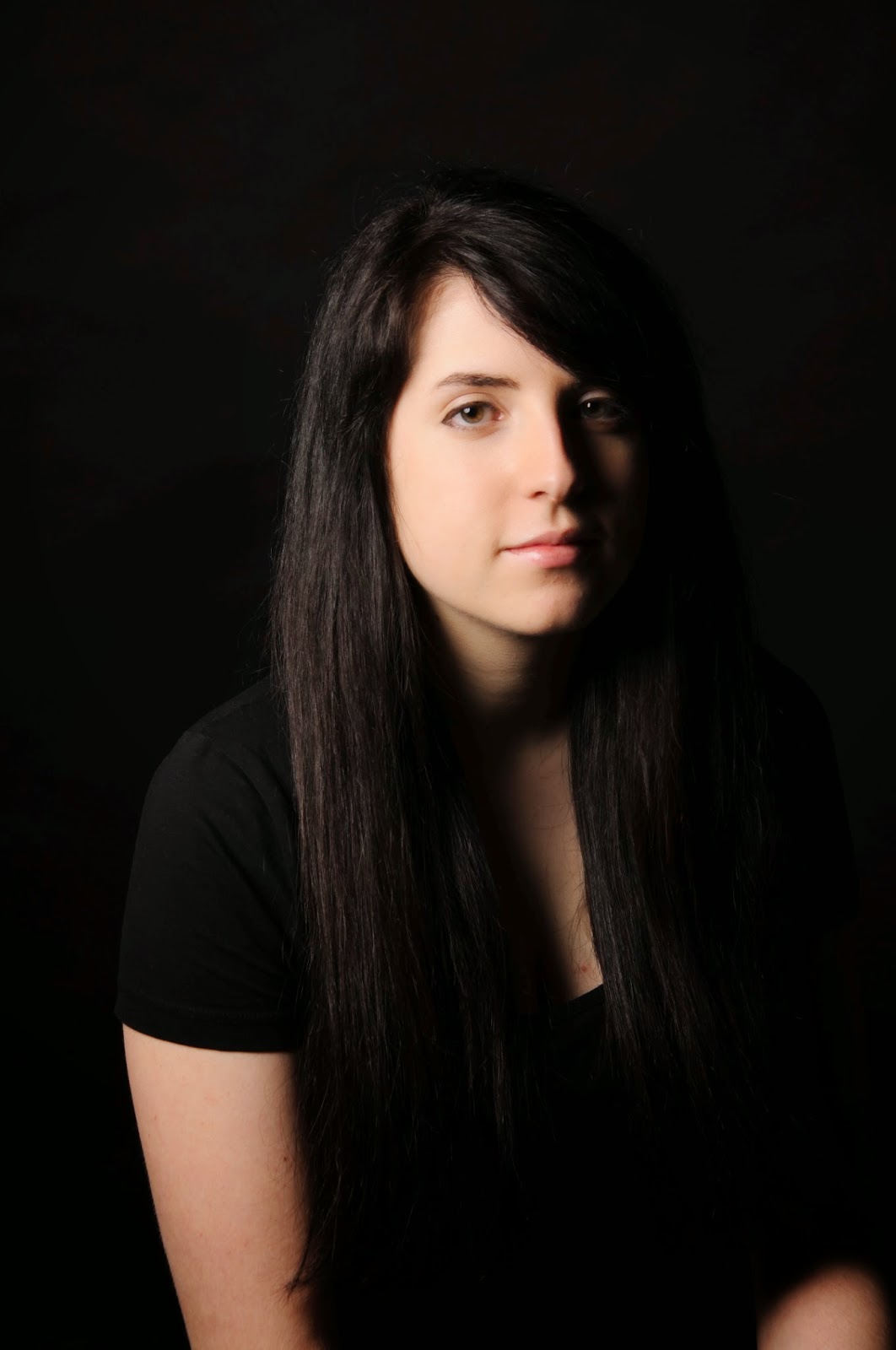We had a studio session learning the essential skills needed for lighting a subject and using studio equipment to enable us how to capture professional photography portraits. The main focus was to learn how narrow and broad lighting is captured and used. This technique is used in many portrait photography to enhance the quality of the portrait or to either create a in-depth aesthetically pleasing image, or to bring out character in the face.
Before we started to take photographs we looked at examples of narrow and broad lightning:
This example of broad lighting shows how it highlights the features as a whole a lot more, rather than lining them with shadow, and how broad lighting illuminates the portion of the face closet to the camera.
Then we took our own photographs :
Broad Lightning
Narrow Lightning
Now that we had gotten to grips with Broad and Narrow lightning , we started looking at this
type of lighting in context to classical paintings. Aftet this short excercise we looked at
broad lighting used by Rembrandt:
Rembrandt was a Dutch painter that used broad lighting in most of his commissioned portraits. This is so that he could have
consistency across his works, allowing him to
capture the character of the person in the painting. This style of broad
lighting not only casts a shadow on one side of the face, but also
catches the light in both eyes as they look towards the frame. We were
given the task of using one light to achieve this effect:
This photo being taken outside of the workshop when Julia had gladly agreed to be my subject.
This effect took a while to get right, having to constantly ove the subject and the light around to get the right balance
between the two. What I noticed was essential to this photograph was
that the subject could not face directly towards the character as that
is quite commercial, but also quite imposing and also how not looking directly at the character added a certain element to the photograph giving the photograph that a little edge.
The second style we looked at was the style of Caravaggio, who was a
Renaissance painter. He used narrow lighting from high positions to
create heavy shadows in his scenes, adding an dramatic heavy tension to his work.
For this excercise we had photographed students who had happliy volunteered to act as our subjects as these where students from BA photography second years.
What really excites me about this style of photography is the lightning how you could highlight te facial expressions
really easily and get a twinkle in the eye which I feel makes the photograph more epic adding to the old fashioned painting style.







No comments:
Post a Comment